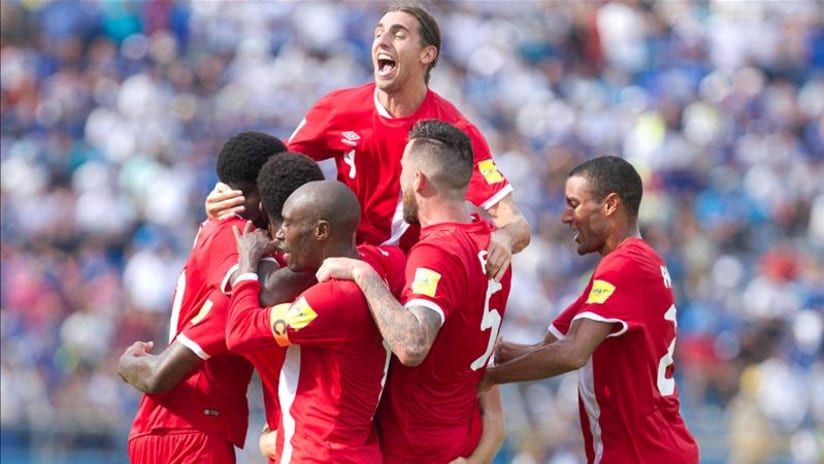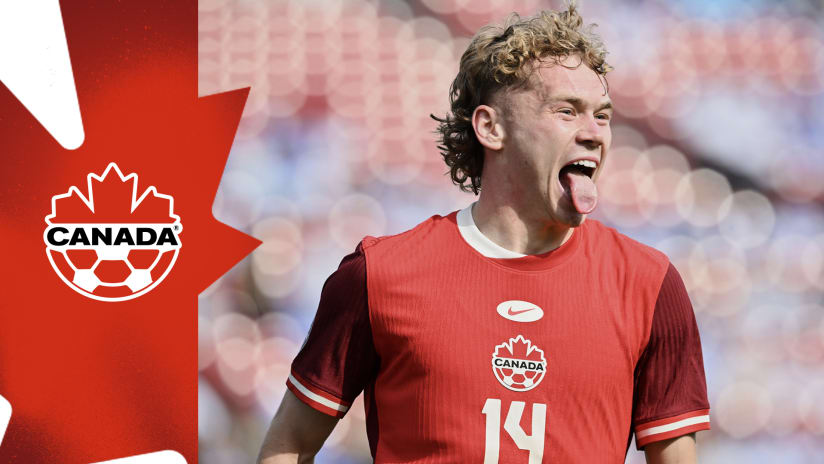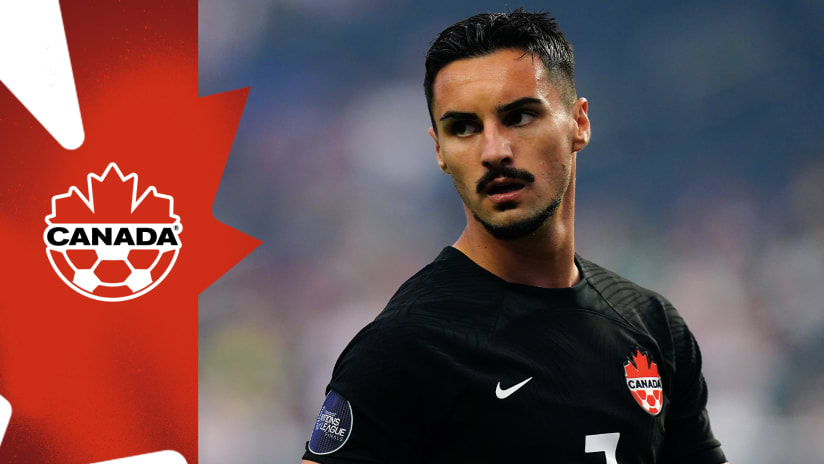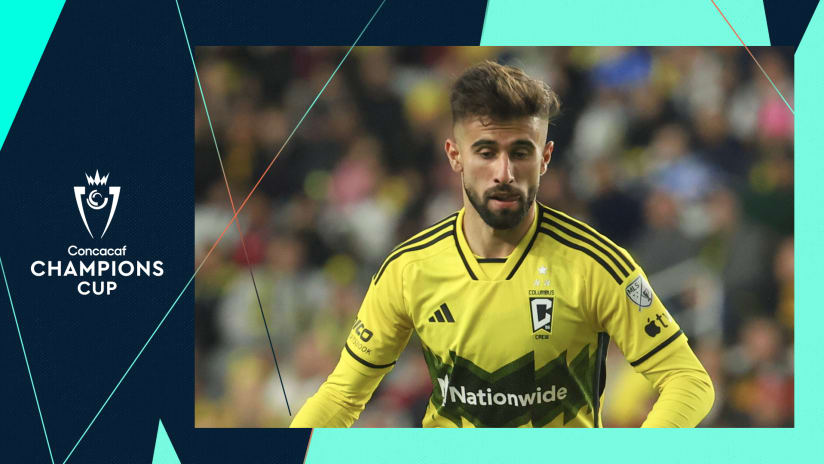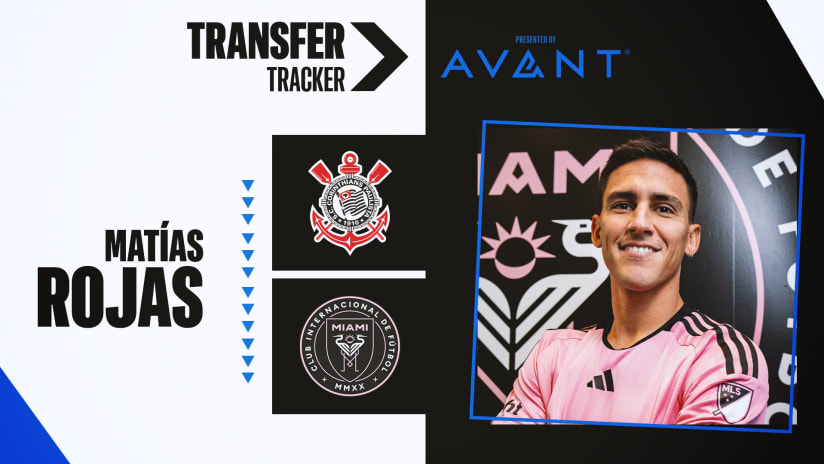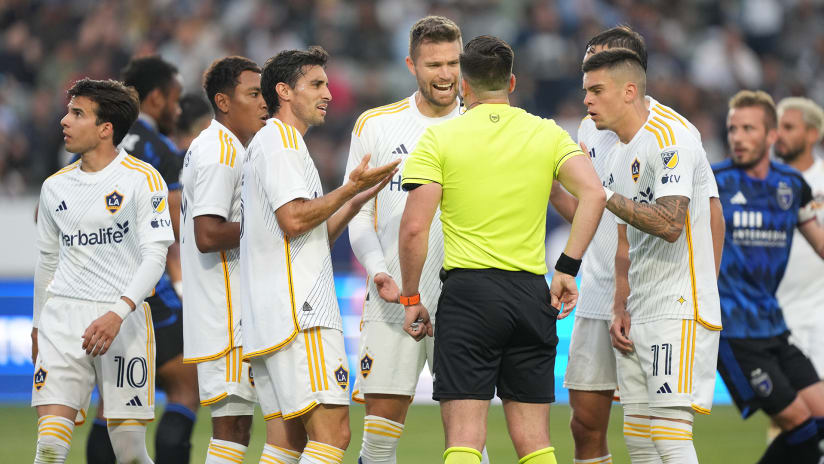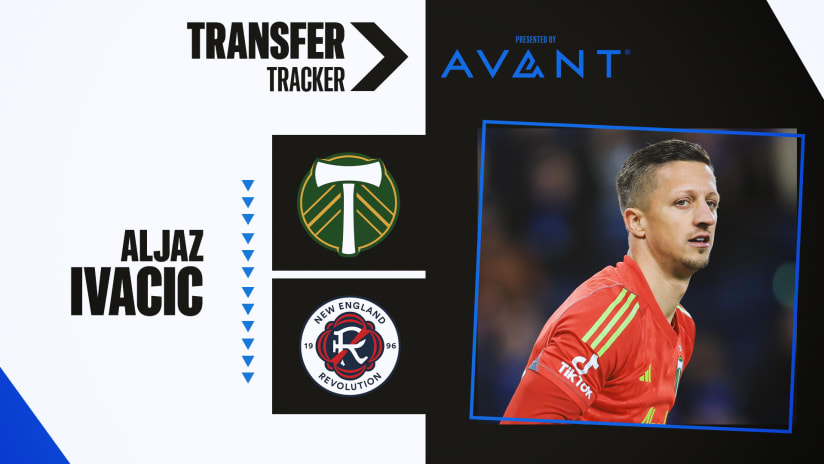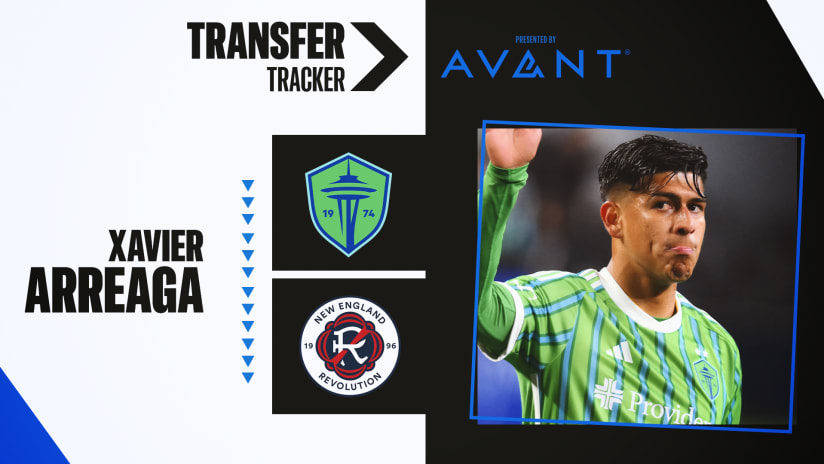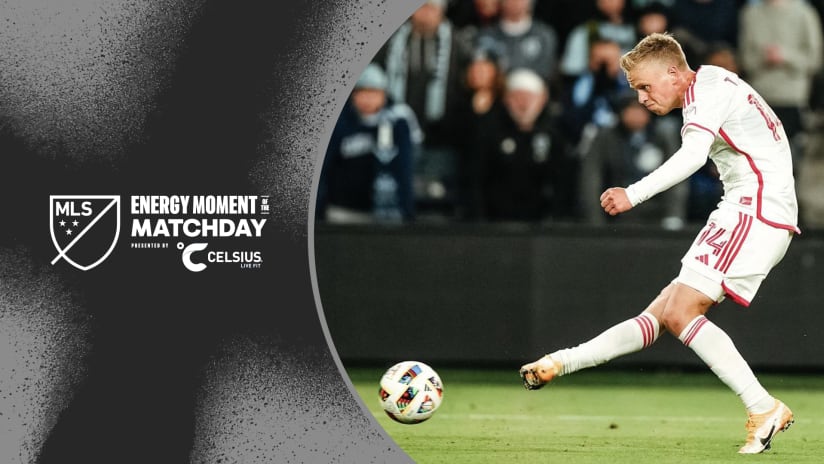The score line was much better, but the big-picture impact was largely the same.
Four years after utterly capitulating in San Pedro Sula, Honduras and losing 8-1 to end their World Cup qualifying hopes, Canada went into the same venue with much higher ambitions this time around.
Unlike four years ago, the team did not capitulate. They mostly held their shape. They held their nerve. They even went up 1-0 thanks to the unlikeliest of goal scorers, Manjrekar James, a player whom 99.5 percent of Canadians would have trouble picking out of a lineup.
But the final scoreline — a 2-1 win for the Hondurans — leaves Canada in a tough position. Despite not being mathematically eliminated from contention for Russia 2018, their chances can still be reasonably classified as "extremely unlikely."
To get the math out of the way: Canada would need to win on Tuesday against El Salvador and hope for a Mexico win over Honduras, with a combined six-goal swing. For instance, a 3-0 Mexico win and a 3-0 Canada win would be enough to see the Canadians through to the Hexagonal round for the first time since 1997.
But let's bring things back down to Earth. Canada has played 38 games since that 8-1 debacle four years ago, and only scored more than one goal in six of those games. So, expecting head coach Benito Floro’s side to run up the score on Tuesday is exceptionally charitable.
Maybe Mexico — spurred on by its 7-0 loss in this summer’s Copa America Centenario — will do Canada a gigantic favor by pummeling Honduras in the final game of the penultimate round of CONCACAF qualifying, to the tune of a five- or six-goal thrashing.
Neither scenario is an especially safe bet. For all intents and purposes, Canada’s hopes of reaching the 2018 World Cup are done.
So if this is going to be a pre-emptive post-mortem, there are several points certainly worth mentioning.
First, as has been previously mentioned, the players did not capitulate in San Pedro Sula. If anything, they showed a newfound adeptness at CONCACAFing, which is a verb specific to this region of the soccer world.
- CONCACAFing (v.): 1. Slowing down play and wasting time whenever possible, through delayed efforts to restart play and injuries of dubious levels of legitimacy. 2. Throwing oneself over opponents as if the mere act of physical contact is borderline fatal.
Of course, Honduras took CONCACAFing to a whole new level on their first goal, refusing to observe the generally followed (but not legally required) standard of playing the ball back to the opponent after they’ve put it out for an injury. They remain masters of the craft.
For what it’s worth, the Canadian team showed itself capable of nicking a result right up until the final whistle, which is certainly an improvement upon four years ago.
Second, the question quickly looms about what’s to be done with Floro. The Spaniard’s contract ends as soon as Canada’s hopes of reaching the World Cup do, which, barring an unlikely confluence of events, will be on Tuesday night.
There is, of course, a chance that the Canadian Soccer Association will look to build upon what Floro’s done in the past three years, and renew his contract through the 2022 World Cup qualifying cycle. But again, that seems unlikely.
Anecdotal evidence is always a dangerous basis for drawing large-scale conclusions, but let’s jump in anyways.
James’ goal in Honduras was a wonderful moment for Canadian fans and players. Floro, for his part, seemed largely uninterested in his team going up by a goal.
Later in the game, Floro’s third and final substitution, with the team down 2-1, was used to insert Nik Ledgerwood (a defender) at the expense of Cyle Larin (the team’s only out-and-out striker). That’s not exactly the substitution one would make if one had confidence in the team’s ability to overturn a one-goal deficit.
To be fair, Canada’s inability to score bunches of goals is hardly new. It precedes Floro’s arrival and it’s something that, the devil’s advocate would say, Floro was wise to acknowledge and to which to tailor his game plan.
But this is where the team sits. Score some goals on Tuesday night, and hope you’re done some favors by a CONCACAF rival, and anything’s possible.
Otherwise, the team’s World Cup dreams — the final chance for stalwarts like Julian de Guzman and Atiba Hutchinson — are done, as would (presumably) be the contract situation of the head coach.
It is, if we’re being honest, the situation that most Canadian fans would have predicted at the beginning of this cycle, with the 2022 World Cup already being looked at as the more realistic target.
But then, unexpectedly, came the addition of the likes of Junior Hoilett, Scott Arfield, Tesho Akindele and Steven Vitoria. All of a sudden, the 2018 tournament was back in play.
Those players will all, presumably, play a part on the road to the 2022 World Cup. But that won’t be where their minds are on Tuesday night, of course. However unlikely, Canada’s advancement to the Hex could be sealed that evening.
Realistically, most Canadian fans are already looking to the academies and other young players who might help the team reach the big tournament six years from now.
If the latest performance in San Pedro Sula is any indication, however, the current crop of players will still be trying their damndest to make the 2018 World Cup a reality.
And that, at the end of the day, is all that any fan base could ask.

